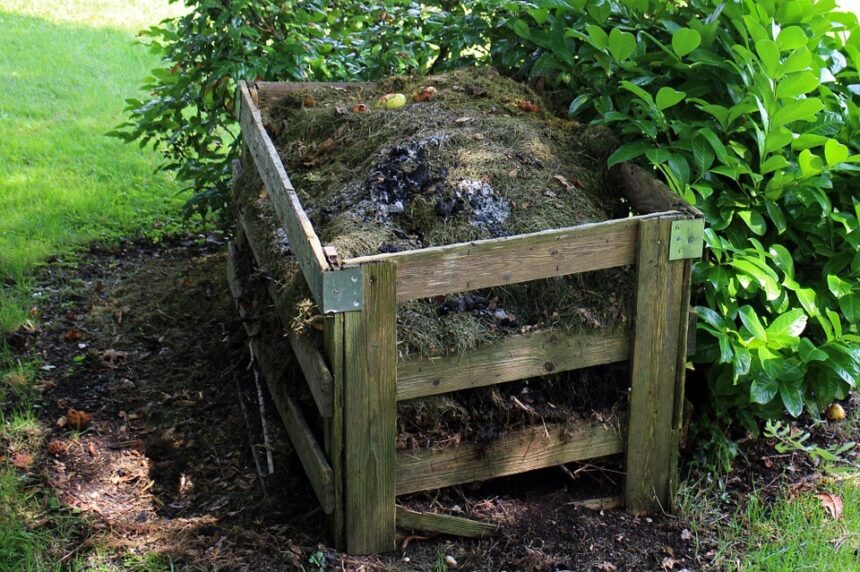Do you know that there are six types of fertilizers in Kenya? These soil nutrients come in different forms, but the sad thing is that most farmers don’t know how to use them.
Today’s post will show the different types of fertilizer available. We will also show you when and how to apply each fertilizer according to its kind. Let’s get started.
How fertilizers come often determines the conditions of use and their effectiveness. Fertilizers can either be in a solid or liquid state.
Before we delve further into fertilizers in Kenya, let’s define fertilizers and their uses.
What are The 6 Types of Fertilizers in Kenya, and How are used?
Fertilizers are organic or inorganic substances that improve the soil’s chemical, biological, and physical characteristics.
Their primary use is to supplement or replenish nutrient deficiencies in the soil to increase crop production and health.
Due to the advancement in agricultural technology, different fertilizers are specifically meant to provide specific nutrients depending on the type of plant, the kind of cultivation used, and, lastly, to fulfill the farmer’s needs.
These products provide significant benefits if appropriately applied since, in addition to improving the plant’s health, they also increase soil fertility and thus help form more robust and healthier plants.
Also, read; How to Start a Farming Business in Kenya.
Types of fertilizers in Kenya
These are the most common fertilizers in Kenya available for everyday use on the farm.
1. Organic Fertilizers
Traditional fertilizers are produced from animals, plants, and other organic waste.
Their primary functions are to provide the soil with the nitrogen necessary for the bacteria to convert into inorganic compost and absorb it by the plants’ roots.
They are called slow-acting fertilizers since they decompose slowly depending on temperature, humidity, and other environmental conditions. Their primary use is to improve the soil’s water retention and organic nutrients.
2. Inorganic Fertilizers
Also known as synthetic fertilizer, organic manure is used to add nutrients and increase the amount of organic material available in the soil.
The concentration of the primary nutrients in this type of fertilizer is much higher than in any organic fertilizer.
Again, the results from the use of inorganic fertilizers are noticeably speedy. The only disadvantage of this type of fertilizer is its misuse can lead to severe consequences.
An excessive application leads to chemical salts, which can burn the crop and increase the toxic levels of salts in the soil.
3. Chemical fertilizers
These are made of chemical or mineral origin; they are applied to the soil or directly to plants, thus obtaining speedy and visible results. Its misuse leads to adverse effects on the environment.
4. Biofertilizers
They are those compounds that contain live microorganisms. Their application helps the plant’s natural processes and helps the soil achieve its primary nutrient content. They are very environmentally friendly and assist in reducing production costs.
5. Chelated Fertilizers
These are chemical compounds where a metal ion is bound or attached to an organic molecule. They offer many micronutrients such as copper, zinc, iron, and magnesium.
6. Deficiency Correctors
These are compounds designed to correct any nutrient deficiency detected in the soil.
Fertilizer Application in Kenya
Depending on the type of fertilizer used, its qualities, or the expected results, there are three ways to apply manure in the soil or plants.
Soil or Root Application
The soil or root process involves directly/indirectly applying fertilizer to the base of the plant, either diluted in water or directly. This way, the aim is to bring the nutrients closer to the roots to assimilate more quickly.
Foliar
Its purpose is to quickly make primary nutrients such as phosphorus, nitrogen, and potassium available to the plant.
On many occasions, the nutrients are very fixated on the soil, and the crops do not assimilate them, so this application always corrects the deficiencies.
Foliar fertilizers are applied similarly to rainfalls. The leaves then absorb them. When foliar is absorbed, its effects are appreciated very quickly.
Fertigation
Fertigation consists of the dissolution of different fertilizers in the irrigation water. Therefore, the nutrients are equally distributed throughout the land so the plants can absorb them.
That is it on fertilizers in Kenya; let us hear about your fertilizer use and application experience in the comments below.







